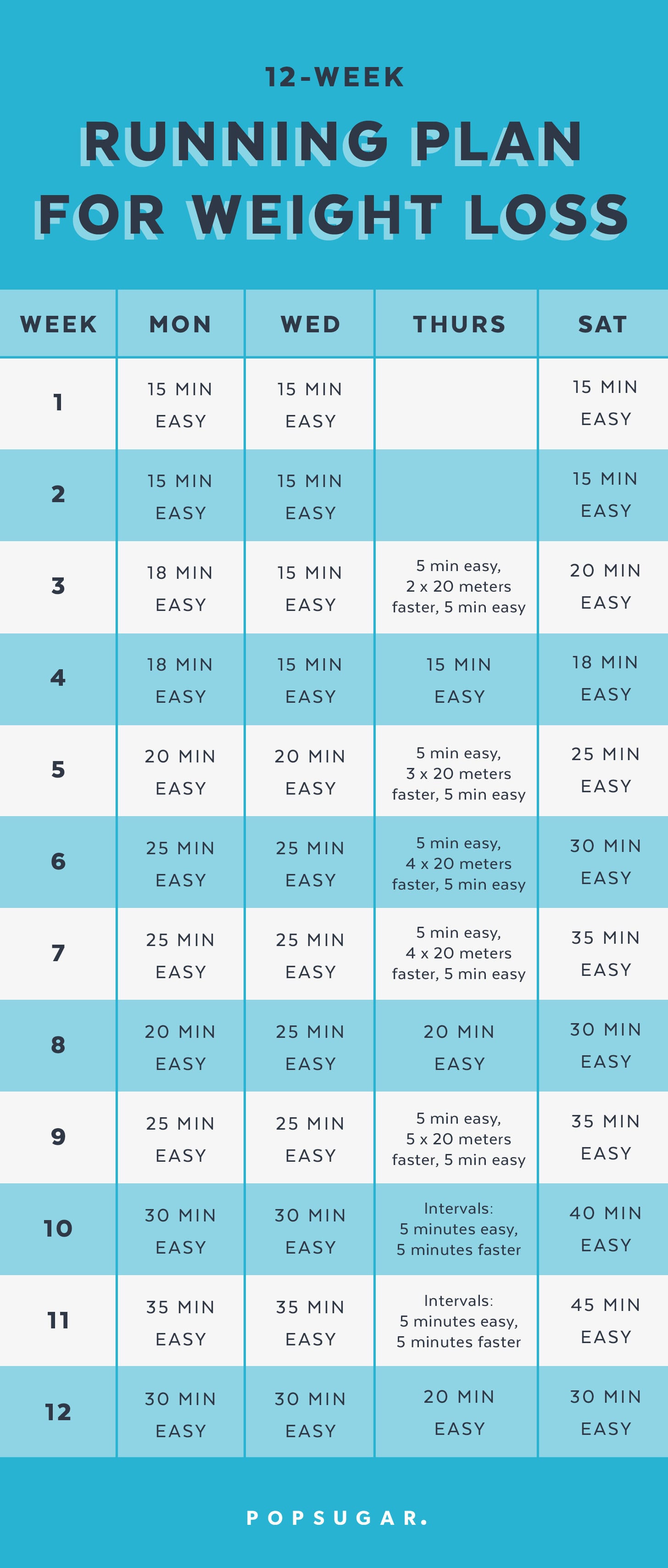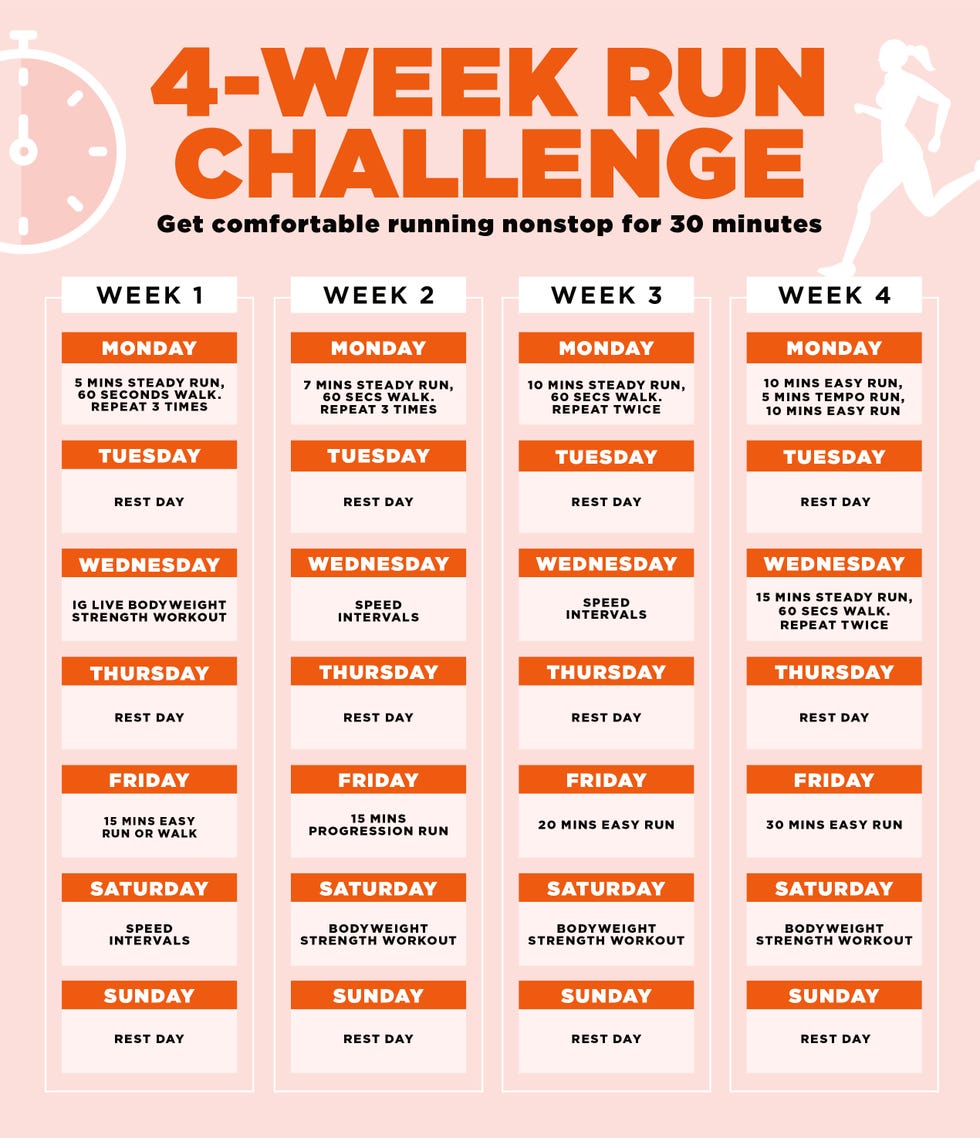The Benefits of Running 4 Miles a Day for Weight Loss
Embarking on a journey to lose weight through running 4 miles a day can yield significant benefits. This consistent exercise routine contributes to increased calorie burn, improved cardiovascular health, and enhanced mental well-being. Running regularly can help create a calorie deficit necessary for weight loss, as a person weighing around 155 pounds can burn approximately 400 calories during a 4-mile run.
Cardiovascular health also benefits from running 4 miles a day. Regular running strengthens the heart, reduces the risk of heart disease, and improves circulation. Furthermore, running has been shown to lower stress levels, improve mood, and enhance cognitive function, contributing to overall mental well-being.
To maximize weight loss results, it is crucial to maintain consistency and focus on proper nutrition. A well-balanced diet, rich in fruits, vegetables, lean proteins, and whole grains, complements the calorie burn from running and supports overall health. Additionally, staying consistent with running 4 miles a day, or at least most days of the week, will help create a calorie deficit and promote weight loss over time.
Creating a Balanced Running Schedule
Creating a balanced running schedule is essential for weight loss success and injury prevention. Rest days, cross-training, and gradually increasing mileage play crucial roles in maintaining a healthy running routine.
Rest days are vital for muscle recovery and injury prevention when running 4 miles a day to lose weight. Allowing your body time to recover between runs reduces the risk of overuse injuries and helps maintain motivation. Aim to schedule at least one or two rest days per week, depending on your fitness level and running experience.
Cross-training activities, such as swimming, cycling, or strength training, can complement your running routine by improving overall fitness and reducing the risk of injury. Cross-training helps prevent muscle imbalances and strengthens the body in different ways than running, promoting long-term running success.
Gradually increasing your mileage is another essential aspect of a balanced running schedule. Increasing your mileage too quickly can lead to injuries and setbacks. A general rule of thumb is to increase weekly mileage by no more than 10%. This gradual progression allows your body to adapt to the increased demands of running 4 miles a day, reducing the risk of injury and burnout.
Assessing Your Fitness Level: Getting Started with a 4-Mile Run
Assessing your current fitness level is crucial before starting a running routine to lose weight. By understanding your abilities, you can create a personalized plan that builds endurance, improves running form, and sets realistic goals.
Begin by evaluating your current running ability. If you are new to running, start by walking for 30 minutes, then gradually incorporate short running intervals. Gradually increase the running time while decreasing the walking time until you can run for 30 minutes without stopping. Once you can comfortably run for 30 minutes, you can start working towards running 4 miles a day.
To build endurance, consider implementing interval training or hill repeats into your running routine. Interval training involves alternating between high-intensity running and low-intensity recovery periods, while hill repeats focus on running uphill at a challenging pace followed by jogging back down as recovery. Both methods effectively improve cardiovascular fitness and endurance.
Improving running form is another essential aspect of getting started with a 4-mile run routine. Focus on maintaining an upright posture, engaging your core, and landing midfoot. Avoid overstriding, which can lead to inefficiencies and injuries. Consider filming yourself running to analyze your form and make necessary adjustments.
Setting realistic goals is vital for long-term running success. Instead of aiming to run 4 miles a day immediately, start by running 1 or 2 miles and gradually increase the distance over several weeks or months. Remember, consistency and patience are key when running 4 miles a day to lose weight.
Proper Nutrition for Weight Loss and Running Performance
Proper nutrition plays a critical role in both weight loss and running performance when incorporating a 4-mile run into your daily routine. A well-balanced diet can help fuel your runs, aid in recovery, and support overall health.
Healthy meal planning is essential for success. Aim to include a variety of nutrient-dense foods in your diet, such as fruits, vegetables, lean proteins, and whole grains. These foods provide the necessary energy and nutrients to support your running and weight loss goals.
Pre- and post-run snacks can help optimize performance and aid in recovery. Pre-run snacks should be consumed 30 minutes to an hour before your run and should consist of easily digestible carbohydrates. Examples include a banana, a small handful of dried fruit, or a slice of whole-grain toast with almond butter. Post-run snacks should include a combination of carbohydrates and protein to replenish energy stores and support muscle repair. Consider consuming a protein shake, Greek yogurt with berries, or a turkey and cheese wrap within 30 minutes of your run.
Hydration is another crucial aspect of proper nutrition for runners. Adequate hydration helps regulate body temperature, lubricate joints, and maintain overall health. Aim to drink at least 8 cups of water per day, and increase your intake on days when you run 4 miles. Additionally, consider consuming an electrolyte-rich beverage during or after long runs to replace lost sodium and other minerals.
Staying Motivated and Overcoming Plateaus
Staying motivated and overcoming plateaus are essential aspects of running 4 miles a day to lose weight. By setting personal goals, tracking progress, and incorporating variety into your running routine, you can maintain enthusiasm and overcome challenges.
Setting personal goals can help maintain motivation and provide a sense of accomplishment. Consider setting short-term and long-term goals, such as completing a 5K race, running 4 miles without stopping, or losing a certain amount of weight. Breaking these goals into smaller milestones can help track progress and maintain motivation.
Tracking progress is another crucial aspect of staying motivated. Regularly monitoring your running distance, time, and weight loss can help identify areas of improvement and provide a sense of accomplishment. Use a running app, a fitness tracker, or a simple journal to record your progress.
Incorporating variety into your running routine can help prevent boredom and overuse injuries. Consider alternating between different running surfaces, such as trails, tracks, or treadmills, or try new running workouts, such as interval training, hill repeats, or tempo runs. Additionally, cross-training activities, such as swimming, cycling, or strength training, can complement your running routine and provide a mental break from running.
Overcoming plateaus can be challenging, but with patience and persistence, you can continue making progress. If you hit a weight loss plateau, reevaluate your nutrition and exercise habits. Consider adjusting your caloric intake, increasing your running mileage, or incorporating strength training into your routine. Remember, weight loss is not always linear, and fluctuations are normal.
Selecting the Right Running Gear for Weight Loss
Selecting the right running gear can significantly impact your running experience and weight loss journey. Investing in high-quality shoes, clothing, and accessories can enhance comfort, support performance, and prevent injuries.
Shoes
Proper running shoes are essential for supporting your feet, absorbing impact, and preventing injuries. Visit a specialty running store to get fitted for the right shoes based on your foot type, running style, and common foot injuries. Popular running shoe brands include Asics, Brooks, New Balance, and Saucony.
Clothing
Moisture-wicking clothing is crucial for staying cool, dry, and comfortable during runs. Look for clothing made from synthetic materials, such as polyester or nylon, and avoid cotton, which retains moisture. Popular running clothing brands include Nike, Adidas, Under Armour, and Lululemon.
Accessories
Running accessories, such as a hydration belt, GPS watch, or headphones, can enhance your running experience and support weight loss goals. A hydration belt can help you stay hydrated during long runs, while a GPS watch can track your distance, pace, and heart rate. Wireless earbuds or headphones can provide motivation and entertainment during runs.
When selecting running gear, consider factors such as comfort, durability, and price. Invest in high-quality products that support your running goals and provide long-term value. Remember, the right running gear can make a significant difference in your running experience and weight loss journey.
Injury Prevention and Recovery Techniques
Incorporating injury prevention and recovery techniques into your running routine is crucial for long-term running success and weight loss. By focusing on stretching, strength training, and cross-training, you can reduce the risk of injuries and promote overall well-being.
Stretching
Stretching before and after runs can help prevent injuries, improve flexibility, and reduce muscle soreness. Focus on dynamic stretches before runs, such as leg swings, lunges with a twist, and high knees, to increase blood flow and warm up muscles. After runs, perform static stretches, holding each stretch for 20-30 seconds, to improve flexibility and promote relaxation.
Strength Training
Strength training can help improve running form, increase power, and reduce the risk of injuries. Incorporate exercises that target the core, hips, glutes, and legs, such as squats, lunges, deadlifts, planks, and bridges. Aim for 2-3 strength training sessions per week, incorporating both bodyweight and weighted exercises.
Cross-Training
Cross-training activities, such as swimming, cycling, or yoga, can complement your running routine by improving overall fitness, reducing the risk of overuse injuries, and providing a mental break from running. Aim for 1-2 cross-training sessions per week, adjusting the intensity and duration based on your running schedule and fitness level.
In addition to these techniques, listen to your body and allow adequate time for recovery. If you experience pain, discomfort, or excessive fatigue, take rest days as needed and consult a healthcare professional if necessary. By prioritizing injury prevention and recovery, you can ensure long-term success in running 4 miles a day to lose weight.
Joining a Running Community for Support and Accountability
Joining a running community can provide numerous benefits for those looking to lose weight through running 4 miles a day. Connecting with like-minded individuals can offer support, accountability, and motivation, making your weight loss journey more enjoyable and rewarding.
Group Runs
Participating in group runs is an excellent way to meet other runners and build a supportive community. Many running stores, clubs, and organizations host group runs for runners of all levels. These runs often include paced groups, allowing you to find runners who match your speed and goals. Additionally, group runs can provide a safe and social environment for running, especially for those new to the sport.
Running Clubs
Joining a running club can offer long-term connections and opportunities for growth. Running clubs often host regular group runs, social events, and races, providing a sense of belonging and camaraderie. Furthermore, club members can share advice, resources, and encouragement, helping you stay motivated and accountable in your running and weight loss journey.
Online Forums
Online forums and social media groups dedicated to running can connect you with runners from around the world. These platforms allow you to ask questions, share experiences, and receive feedback from a diverse group of individuals. Online communities can also provide resources, such as training plans, product recommendations, and injury prevention tips, making them a valuable resource for runners of all levels.
By joining a running community, you can tap into a wealth of knowledge, support, and motivation. Whether you prefer group runs, running clubs, or online forums, connecting with other runners can help you stay accountable, overcome challenges, and achieve your weight loss goals through running 4 miles a day.






